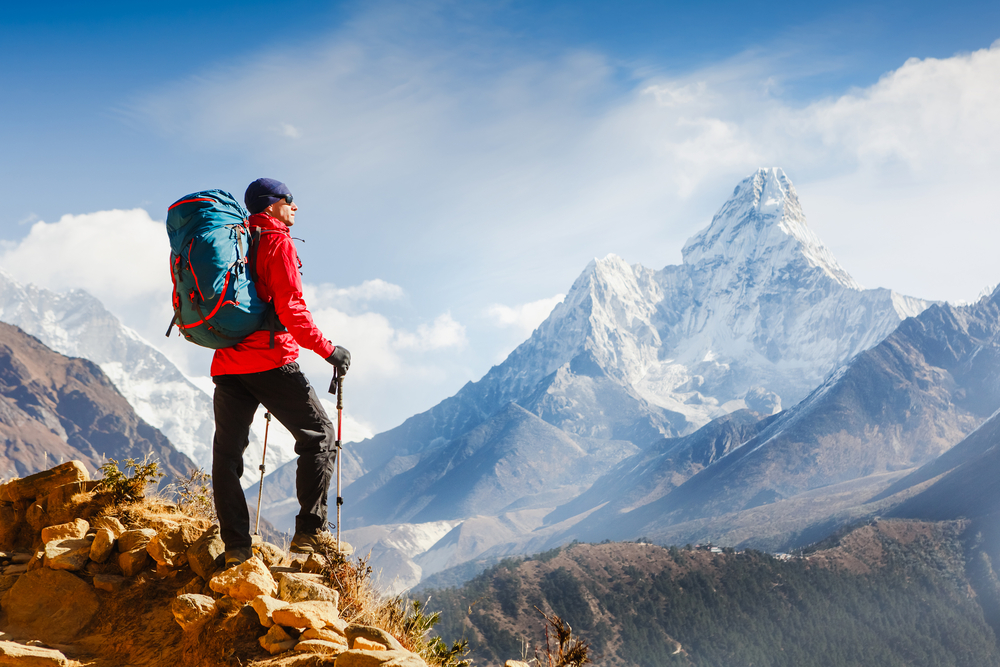Planning a mountain trip? Whether you’re heading out for a weekend hike or an extended trekking adventure, knowing what to pack is crucial for a safe and enjoyable journey. Proper packing ensures you’re prepared for varying weather conditions, rugged terrains, and unexpected challenges. In this comprehensive guide, we will cover essential packing hacks and must-have items for a mountain trip to keep you comfortable and well-equipped.
Essential Clothing for a Mountain Trip
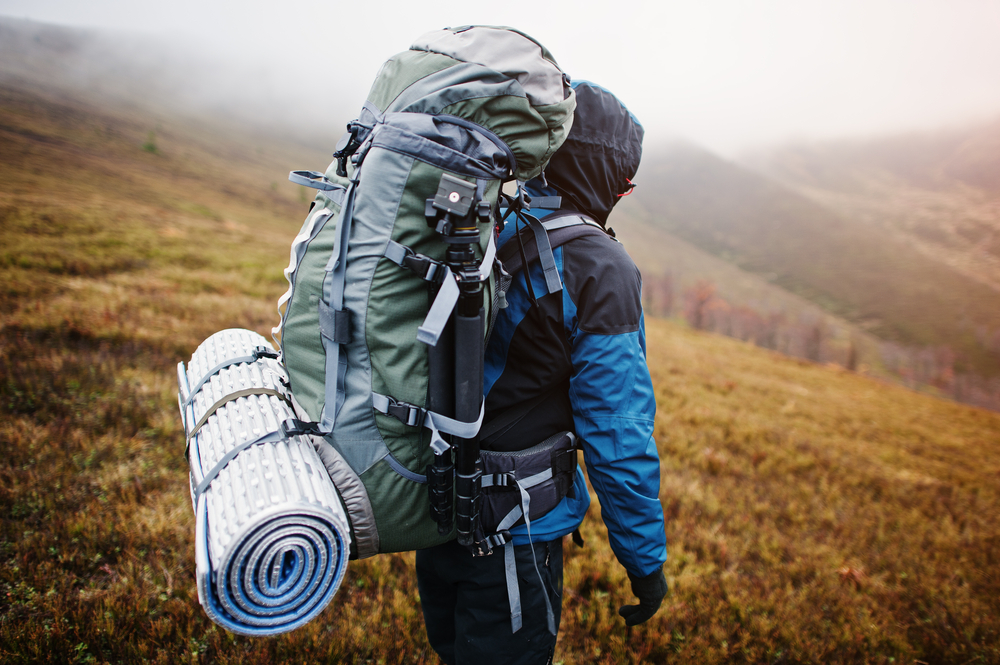
1. Layered Clothing
Mountains are known for their unpredictable weather, so layering is key. Follow the three-layer principle:
- Base Layer: Moisture-wicking clothing to keep you dry (e.g., merino wool or synthetic materials).
- Insulation Layer: Fleece or down jackets to retain body heat.
- Outer Layer: Waterproof and windproof jackets to shield against rain and wind.
2. Bottom Wear
- Quick-dry hiking pants or thermal leggings.
- Waterproof over pants for wet conditions.
- Comfortable shorts for warmer days.
3. Footwear
- Hiking Boots: Sturdy, waterproof boots with good grip.
- Extra Socks: Woolen or synthetic socks to prevent blisters.
- Gaiters: Protect your legs from mud, water, and debris.
4. Accessories
- Gloves (thermal or waterproof based on the weather)
- Beanie or hat for warmth
- UV-protective sunglasses
- Scarf or buff to cover your face from dust and cold air
Must-Have Gear for a Mountain Trip
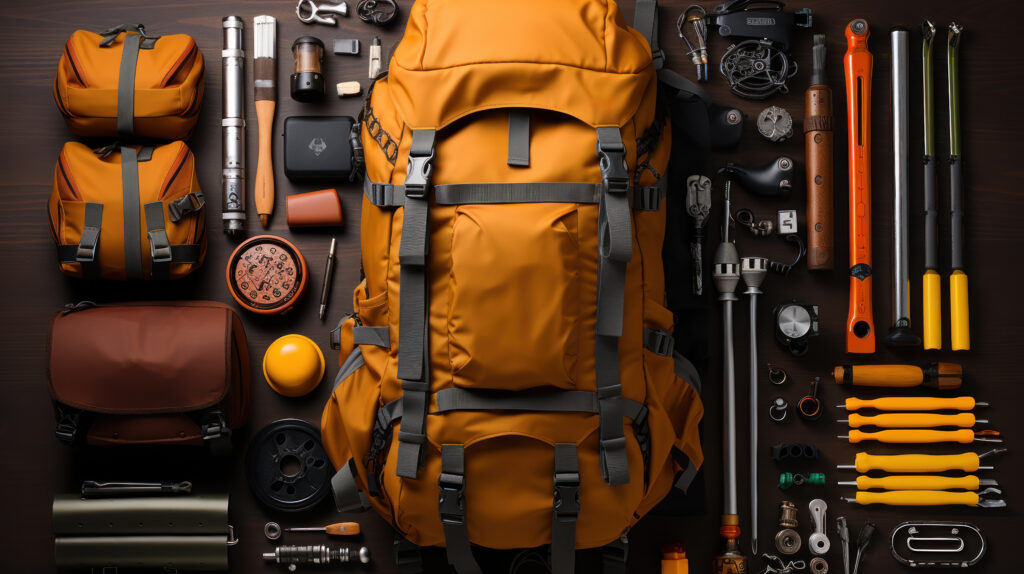
1. Backpack
Choose a comfortable, lightweight backpack with padded straps. A 40-50L backpack is ideal for a short trip, while a 60L+ backpack works for extended hikes.
2. Navigation Tools
- GPS devices or offline maps
- Compass
- Trail map
3. Sleeping Essentials
If you’re camping, bring:
- Lightweight sleeping bag (temperature-rated for mountain conditions)
- Compact sleeping mat for insulation
- Tent with a waterproof flysheet
4. Cooking and Food Supplies
- Portable stove or lightweight cooking system
- Lightweight utensils and cookware
- High-energy snacks (trail mix, protein bars, nuts)
- Dehydrated meals for easy cooking
5. Hydration Essentials
- Reusable water bottle or hydration bladder (at least 2L capacity)
- Water purification tablets or a portable water filter
- Electrolyte powders to stay hydrated
Safety and First Aid Kit
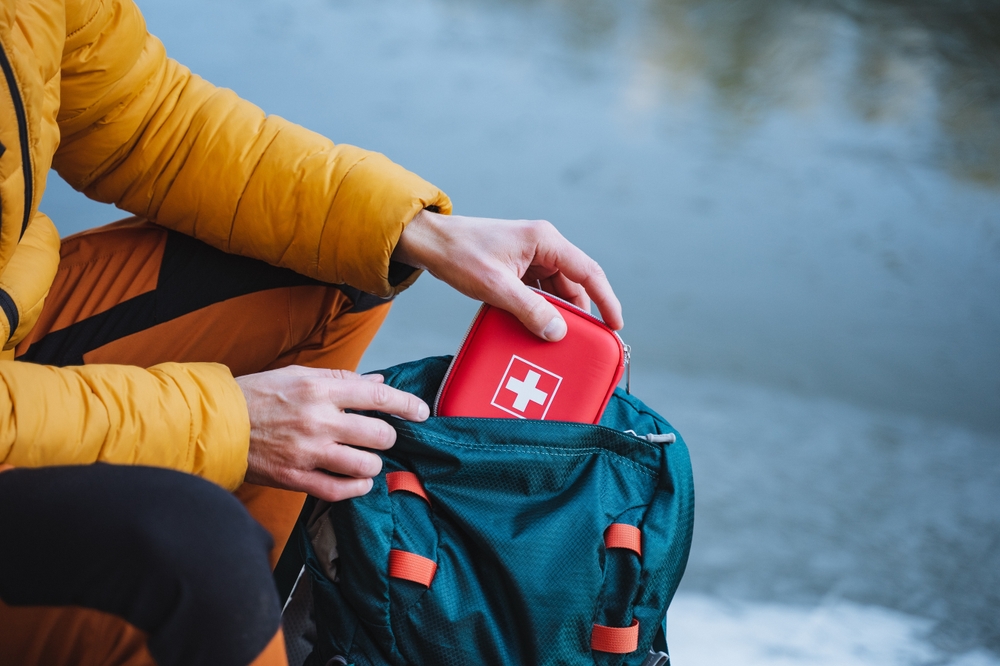
1. First Aid Kit Must-Haves
- Bandages, antiseptic wipes, and pain relievers
- Blister treatment (moleskin or band-aids)
- Tweezers and scissors
- Prescription medications (if needed)
2. Emergency Essentials
- Whistle and mirror for signaling
- Emergency blanket for warmth
- Multi-tool or knife
- Fire-starting kit (waterproof matches or lighter)
Tech Gadgets and Miscellaneous Items
- Power bank for charging devices
- Headlamp with extra batteries
- Lightweight camera or action camera
- Notebook and pen for journaling your trip
Packing Hacks to Save Space
- Use Compression Bags – Save space by rolling clothes and storing them in vacuum-sealed bags.
- Pack Multi-Use Items – Choose items that serve multiple purposes (e.g., a buff as a scarf, headband, or mask).
- Wear Bulky Items While Traveling – Minimize space by wearing your heaviest gear.
- Utilize Packing Cubes – Keep gear organized and easily accessible.
Conclusion
Packing smart is the key to a successful mountain adventure. By following these packing hacks and essentials, you’ll ensure a comfortable and hassle-free trip. Whether it’s clothing, gear, or emergency essentials, being well-prepared allows you to fully enjoy the breathtaking beauty of the mountains. So, pack wisely, stay safe, and embark on your mountain journey with confidence!
